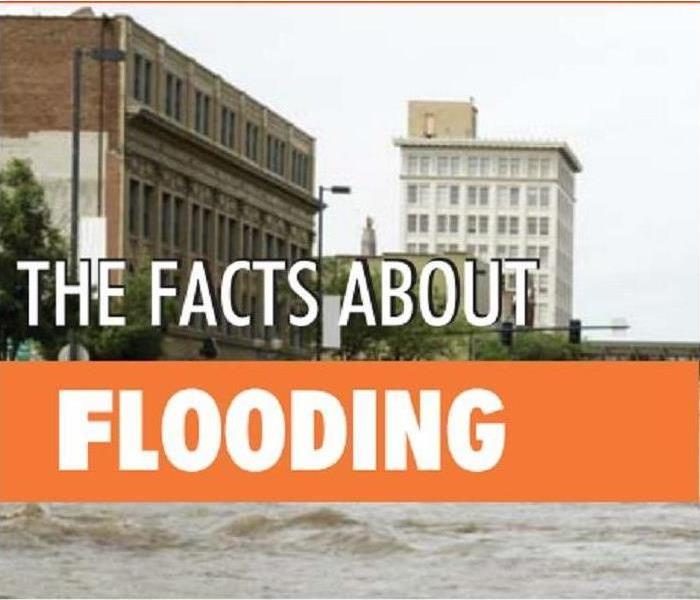Flood Facts and Safety Tips
9/13/2017 (Permalink)
 The SERVPRO System is prepared to handle any size disaster and help make it, "Like it never even happened."
The SERVPRO System is prepared to handle any size disaster and help make it, "Like it never even happened."
Floods rank as one of the most common, costly, and deadly natural disasters in the United States. No matter where you live, flooding happens in many ways due to overflow of streams, rivers, lakes or oceans or as a result of excessive rain. Even minor floods have the potential to cause major damage to a structure when not treated quickly and properly, and the cleanup is often an overwhelming tasks. A flooding event may occur over a long period and could last days, weeks or longer.
Here are a few Flood Facts provided by FEMA:
- Flash floods can bring walls of water from 10 to 20 feet high.
- Flooding can be caused by spring thawing (snow and frozen grounds melting in the spring), heavy rains, snow melt runoffs, flash floods, and mudflows.
- Floods are the most widespread natural disaster aside from wildfires.
- A 2,000-square foot home undergoing 12 feet of water damage could cost more than $50,000 to repair.
Here are a few supplies you need to prepare for a flood:
- Stock up on First Aid items
- Non-perishable foods
- Three gallons of water per person for 3 days
- Battery operated radio for weather reports
- Extra batteries
- Personal hygiene necessities
Understanding the common types of Floods
Flash Floods - are the most dangerous kind of flood, combining the nearly unstoppable force of flood waters with deadly unpredictability and speed. Just six inches of fast-moving flood water can knock a grown man off his feet, and just two feet of water can cause a car to begin floating.
Coastal Flooding - is the result of strong onshore winds pushing on water from the ocean or bay. These can be classified as storm surges and greatly affect homes along the coast. Raising a home may help prevent flooding.
Urban flooding is specific in the fact that the cause is a lack of drainage in an urban area. As there is little open soil that can be used for water storage nearly all the precipitation needs to be transport to surface water or the sewage system.
River Flood - occurs when a river overflows its banks. This happens for a few different reasons. One, lots of rain. Whether it’s tropical systems (tropical storms, hurricanes, etc.) reaching land.
SERVPRO of Lafayette/Moraga/Orinda specializes in the cleanup and restoration of residential and commercial property after a fire, smoke or water damage event. If your home or business suffers from flood damage, our trained technicians has the expertise, resources and equipment to handle the job.






 24/7 Emergency Service
24/7 Emergency Service